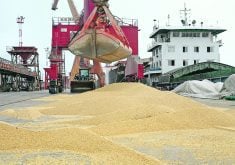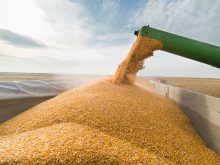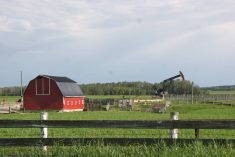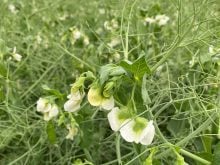Higher costs to plant the crop, including special equipment, and steep financial risk will likely prevent a significant surge
It’s a great time to be a corn grower in Manitoba.
Yields were fantastic in 2022 as many producers achieved 170 bushels per acre.
A few growers topped 200 bu. on individual fields.
Prices are strong, with old crop around $9 per bu. and new crop at $7.50 per bu.
And soil moisture is better than in previous years.
So, in theory, there should be a surge in corn acres this spring. That may not happen because the capital investment in equipment and machinery needed to grow corn is different than for other crops.
Read Also
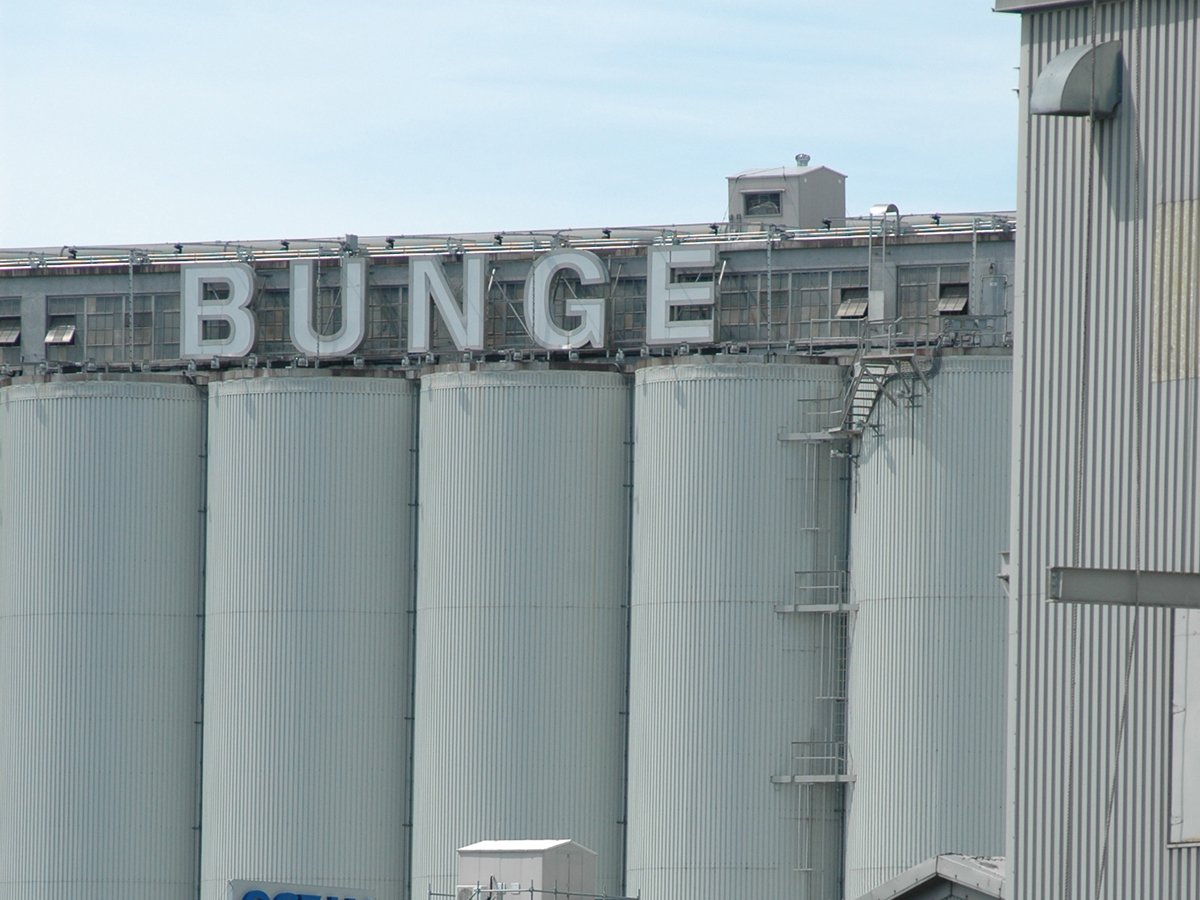
Bunge’s crop mix is changing
Bunge has predominantly been a soybean processing firm, but that’s about to change after the merger with Viterra with softseed processing and grain merchandising gaining ground.
Plus, there’s the financial risk of a crop that costs $100 per acre for seed and $87 per acre for drying the grain.
“I would think there’s definitely going to be more interest this year. Just run the numbers… compared to a competitor like wheat or oats, the yield is so much higher in corn,” said Warren McCutcheon, who farms near Carman, Man.
“(But) it comes with so many more costs, infrastructure, a planter, corn header, a dryer.”
There’s also the cost of fertilizer.
Manitoba Agriculture, in its 2023 cost of production guide, estimates the cost of fertilizer for corn at $231 per acre. In comparison, the fertilizer needed for oats is around $120 per acre.
Those costs do pencil out for corn, if a farmer can achieve high yields.
On his farm, McCutcheon targets a yield of about 165 bu. per acre — his 10-year average for corn yields.
That sort of yield is significantly more than average corn yields in regions like western Manitoba and the Parkland, which have fewer heat units than southern Manitoba.
“What’s your risk area like? What’s your early frost date? What varieties can you grow?” McCutcheon said, providing examples of questions to answer before trying corn.
Considering the agronomic realities and the financial risks, Manitoba corn acres probably won’t explode in 2023.
But acres should return to more typical levels.
Manitoba Agriculture Services Corp., the provincial crop insurer, reported 314,000 acres of grain corn in 2022. That’s down from 364,000 in 2021 and 417,000 in 2019.
Some growers intended to seed corn last spring, but they backed away because of the extremely wet and late spring in the province. Despite the difficult seeding conditions, farmers who got corn in the ground posted strong yields.
“The water in the spring was impossible to work with, except it just hung on in the soil,” said Morgan Cott, an agronomist with the Manitoba Crop Alliance. “And we got some later rains and (everything) worked out.”
In the end, the provincial average for grain corn was around 141 bu. per acre.
That’s less than Ontario, where the average yield was 166 bu. in 2022.
But many Manitoba farmers did top 170 bu. and they made a few bucks on corn last year.
Despite the recent success, McCutcheon doesn’t plan to increase his corn acreage this spring.
It usually represents about 20 to 25 percent of his acreage and that will be similar in 2023.
“We’re kind of maxed out on drying capacity and storage capacity,” he said.
Looking beyond his farm, McCutcheon said breeders have “done an amazing job” developing corn hybrids suited for Manitoba. In the future, drought tolerant varieties could make corn more feasible in the drier and cooler parts of the Prairies.
“Freight is a huge deal, too. A lot of our corn is going to feedlot alley. We’re going to Alberta by truck,” he said. “If you could grow it closer to (the end user) it does make sense.”
But a lot depends on the economics. More prairie farmers will try corn if prices remain strong.
If it falls back to $5.50 or $6 per bu., a westward expansion of acres seems unlikely.





